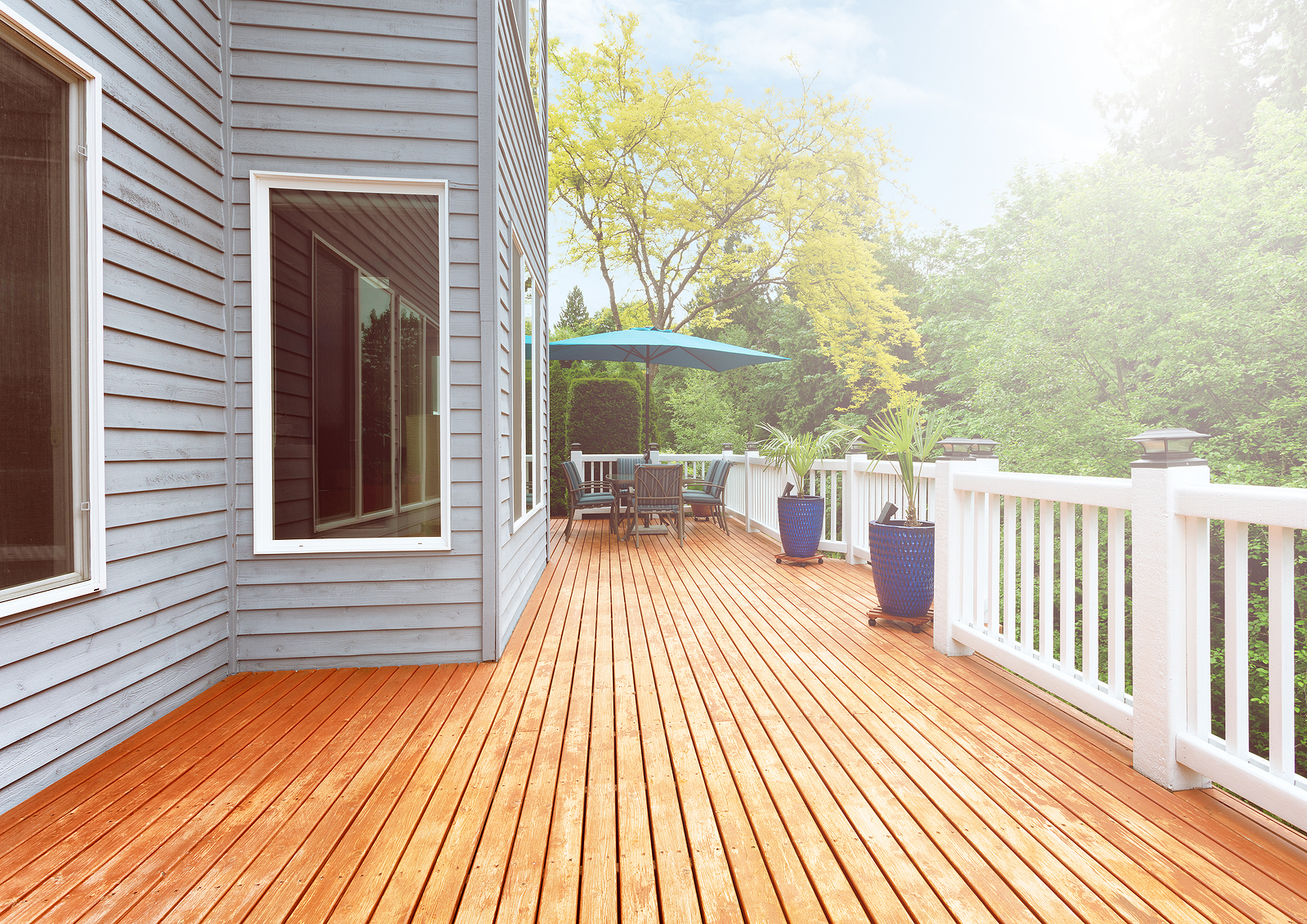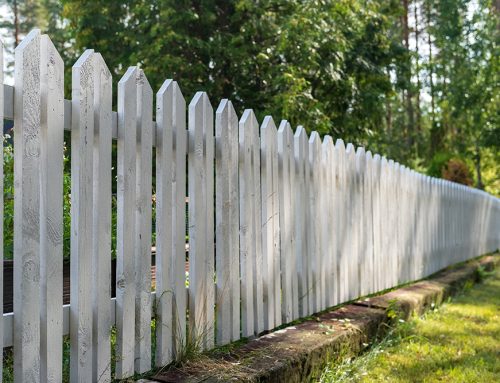Addressing the upkeep of your deck is a crucial annual task that goes beyond mere aesthetics – it’s about ensuring the longevity and safety of a space that offers outdoor living and entertainment.
Conducting both visual and structural inspections during favorable weather conditions is paramount. This proactive approach allows you to identify safety concerns and address any defects or damages that may have occurred during the winter season promptly.
When Should I Consider Deck Repair?
A well-maintained deck can stand the test of time, becoming a durable and inviting space for years to come. The frequency of required maintenance varies based on factors such as the deck’s construction material, current condition, climate, and usage. Decks near pools or bodies of water may require more frequent attention. If you are noticing signs of wear, consider hiring a specialist to inspect the deck and quote you on repairs.
Cleaning and Restaining a Deck
The accumulation of dirt, mildew, and algae on your deck’s surface over time, exacerbated by the sun’s UV rays, can lead to peeling, splintering, or fading. Routine cleaning and treatment are essential for extending the deck’s life and preserving its aesthetic appeal. While power washing isn’t necessary every year, establishing an annual cleaning regimen is advisable. Before embarking on cleaning and staining your deck, understanding the specific decking materials is crucial. Whether it’s natural wood like cedar or redwood, pressure-treated wood, or a composite deck, each material demands a unique process for cleaning and restoration. Natural wood decks are more demanding, requiring annual cleaning and a new finish application. Pressure-treated wood necessitates cleaning every two to three years, coupled with a new finish. Composite decks don’t need refinishing but should undergo deep cleaning every few years due to mold and mildew susceptibility.
Power Washing
While power washing may seem like a quick solution, improper use can harm your deck, causing etching or splintering. Keep the nozzle at least 12 to 18 inches away from the deck surface. Work systematically and follow equipment instructions to avoid damage. If power washing wooden decks, be prepared to remove the old finish, let it dry completely, and then re-stain. Using a semi-transparent stain that penetrates the wood is recommended for a more natural look. For those uncomfortable with power washing or with composite decks, consider using a non-toxic cleaner like oxygen bleach with a deck brush. This is often more time and effort-intensive than a power washer. However, this method effectively cleans by breaking apart dirt, algae, and mildew molecules. Alternatively, consider hiring a professional to clean the deck for you.
Consult a Professional for Best Results
Regardless of the chosen method, consulting with professionals and doing thorough research is paramount. Professionals can provide valuable insights into specific projects and offer estimates if
needed. With proper care and attention, your deck can remain a welcoming outdoor haven for years to come.
Visit our Member Directory for trusted contractors in the Staten Island area.






Leave A Comment